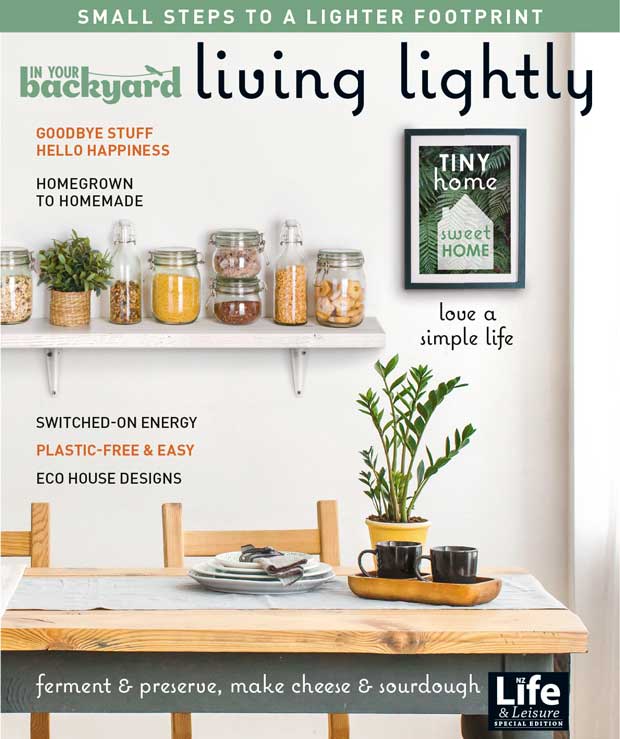Top 10 veggie crops for city gardeners
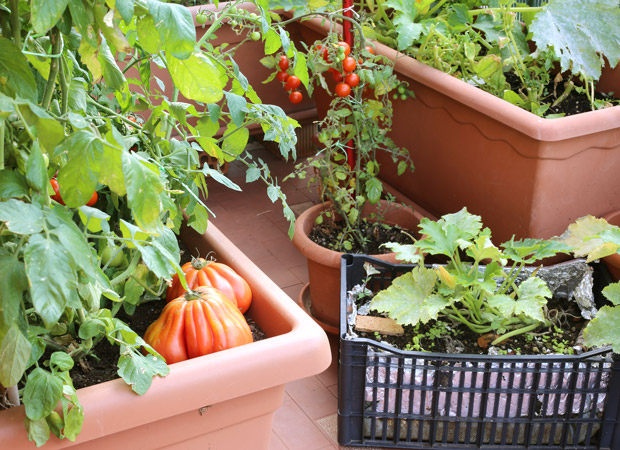
These veggies are excellent for small gardens.
Words: Kath Irvine
1. PERENNIAL LEEKS
Small and tasty leeks are garden heroes. Fully grown leeks are the same thickness as a thumb. The more room and fertilizer they receive, the fatter they’ll be. Plant them 10cm deep at 10cm spacings in autumn and they’ll be ready to harvest in winter.
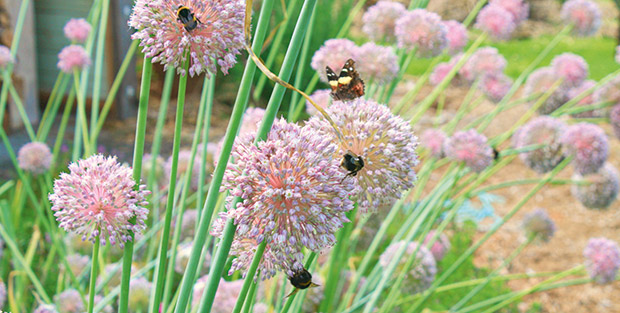
Pull off the fat ones, leaving the others to beef up. They’re productive through to early summer. Leave them to flower for their beauty and to attract bees, then cut them back, thin them out and feed with rotten manure. They are then ready to go again.
2. SPRING ONIONS
Direct-sow little patches of spring onions in spring, summer and autumn. Sow them in pots or the garden. Their strong scent does a great job of deterring pests, so use them beneath fruit trees or beside roses.
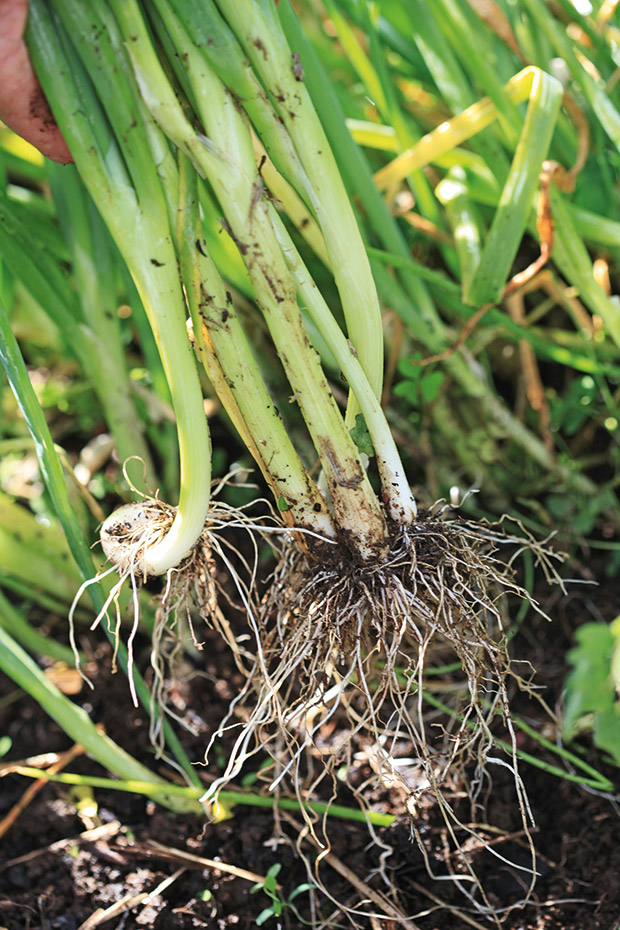
Plant them into good compost at 10cm spacings, and keep them moist when the weather is hot.
3. BEETROOT
Beetroot does best when sown direct. Soak the seeds the night before planting for best germination. Sow little patches for continuity of supply, spring through autumn, into composted soil.
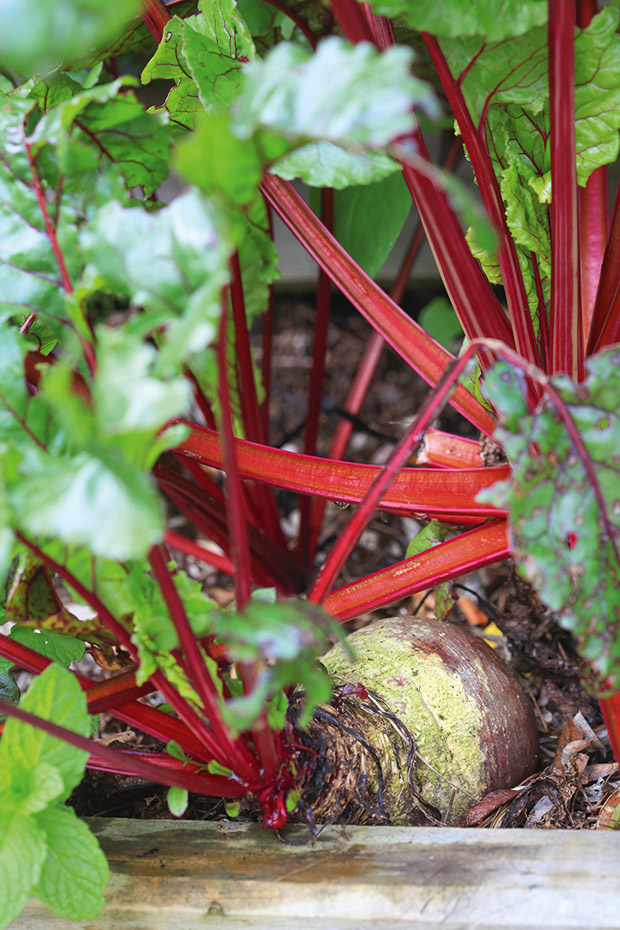
Free drainage is essential for good bulbs. If on heavy clay, make a small ridge to grow in. For good-sized bulbs, when the seedlings are 10cm tall, thin them out to 10cm spacings by trimming off the excess seedlings with scissors.
4. FLAT LEAF PARSLEY
Plant seedlings in autumn and spring for a year-round supply. Grow in good compost and keep mulched. Liquid feed with seaweed or comfrey.
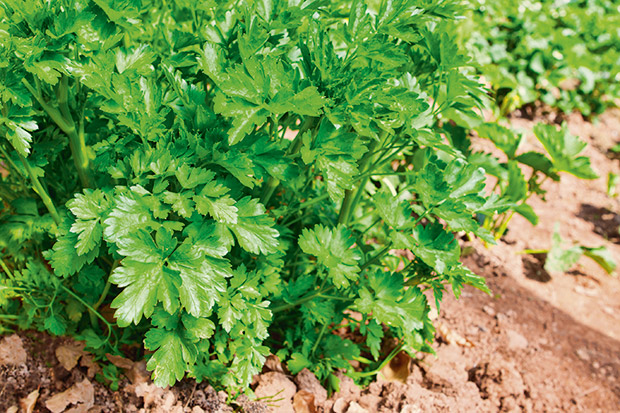
Let parsley flowers feed the beneficial insects, and self-seed to provide next season’s seedlings.
5. SILVERBEET/CHARD
Long-life leafy greens chard and silverbeet are super useful. Plant seedlings into the garden or a pot in autumn and spring for a year-round supply. They’re heavy-feeders, so grow in good compost.
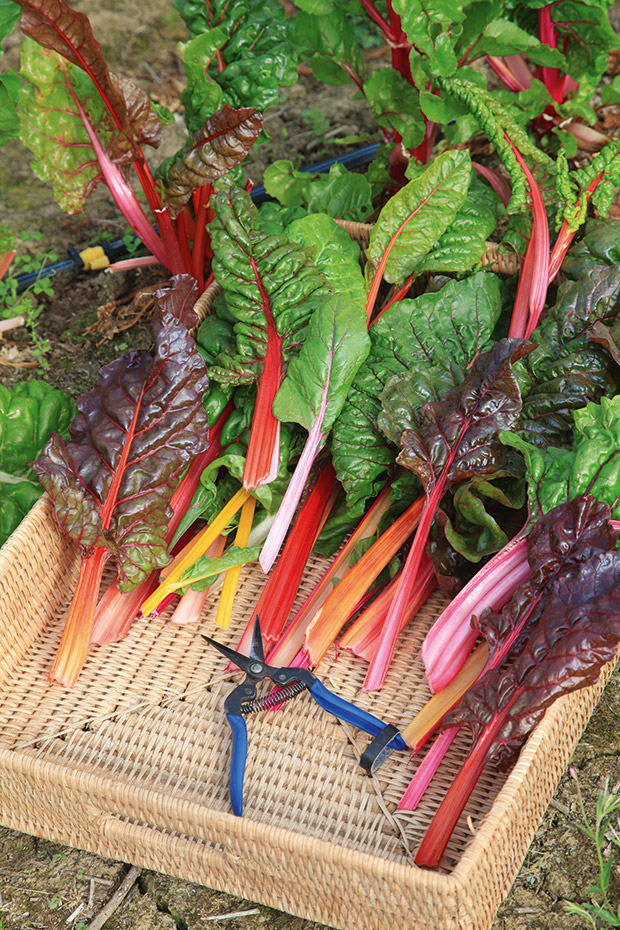
Mulch will retain moisture and look after the soil. Regular liquid feeds of seaweed provide tonic support.
6. BOK CHOY
Such a quick, rewarding crop — harvest eight weeks after sowing. Direct sow a little patch once a month throughout autumn for autumn and winter greens. Sow again in early spring when the soil reaches 10°C (they quickly run to seed once the hot weather begins).
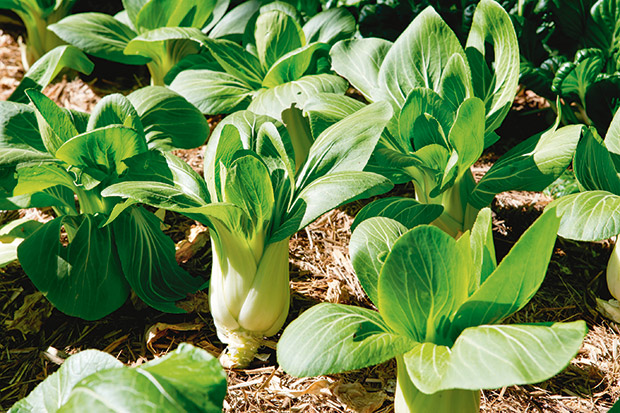
Grow after tomatoes or cucumbers. They’re a light-feeder and don’t need fresh compost. Tip: try seed tape for a nice straight line.
7. SCARLET RUNNER BEANS
Scarlet runners make the most of a small space by growing up. Grow them against an unsightly wall or create a partition of summer shade. Biodegradable twine makes the perfect growing frame, as it can be composted along with the plant residue at the end of the season.
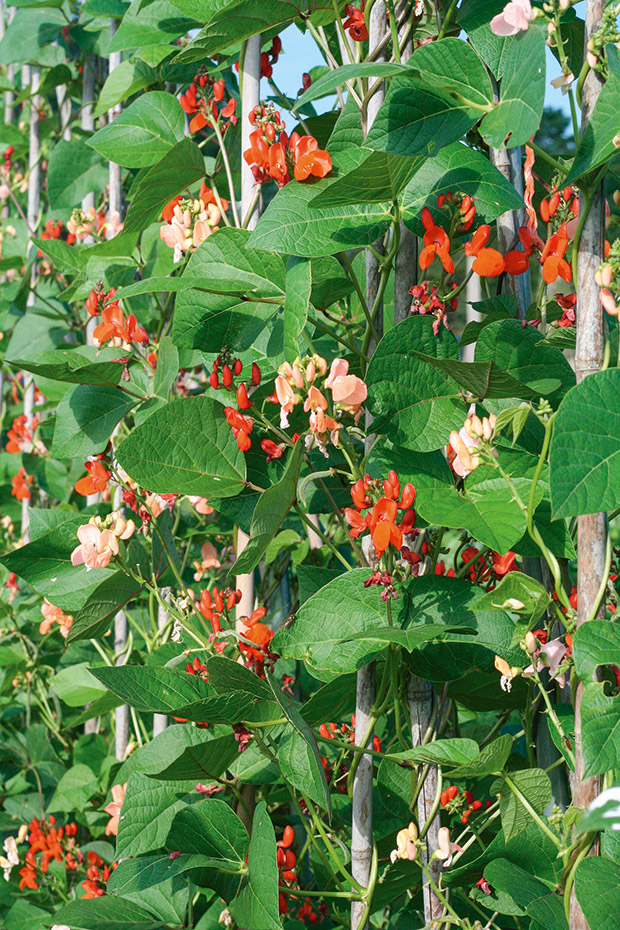
Attach twine to the top of the wall and plant the string beneath the bean seed. Sow into composted soil, sprinkled with lime flour, when the earth reaches 15°C. Underplant with nasturtium and salads.
Scarlet runners are prolific producers of vibrant red flowers and green beans. Regular picking keeps the plants productive. Free-flow freeze the excess. At the end of the season let the beans go to shell-out stage and dry the red seed for winter soups and stews. For best production, water regularly.
8. BAXTER’S EARLY BUSH TOMATO
Bush tomatoes are well-suited to pots and small spaces. They’re determinate, which means they flower when they reach their predetermined height, and the fruit arrives at a similar time. Plant a new seedling each month from October through January for a continuous supply of tomatoes.
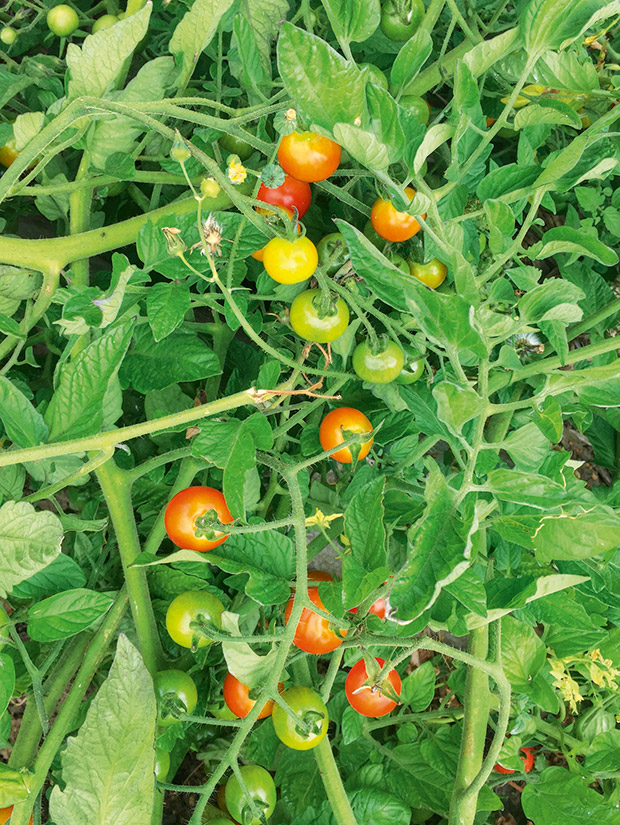
Free-draining soil and warmth are vital so wait until soil is at least 18°C. Grow in healthy compost sprinkled with gypsum, or in pots containing potting mix. Feed weekly with liquid seaweed or comfrey.
Other tomatoes to try:
– Scoresby dwarf or whippersnapper from Setha’s Seeds
– Rapunzel — a cherry tomato with trusses of up to 50 tomatoes. Can grow tall but is well-suited to a large pot.
9. CUCUMBERS
Cucumbers flourish in the warmth — it pays to wait until soil reaches 16°C before planting. Ensure free drainage on clay soil by planting on top of a small mound of earth. Good fertility, sunshine and consistent moisture ensure success.
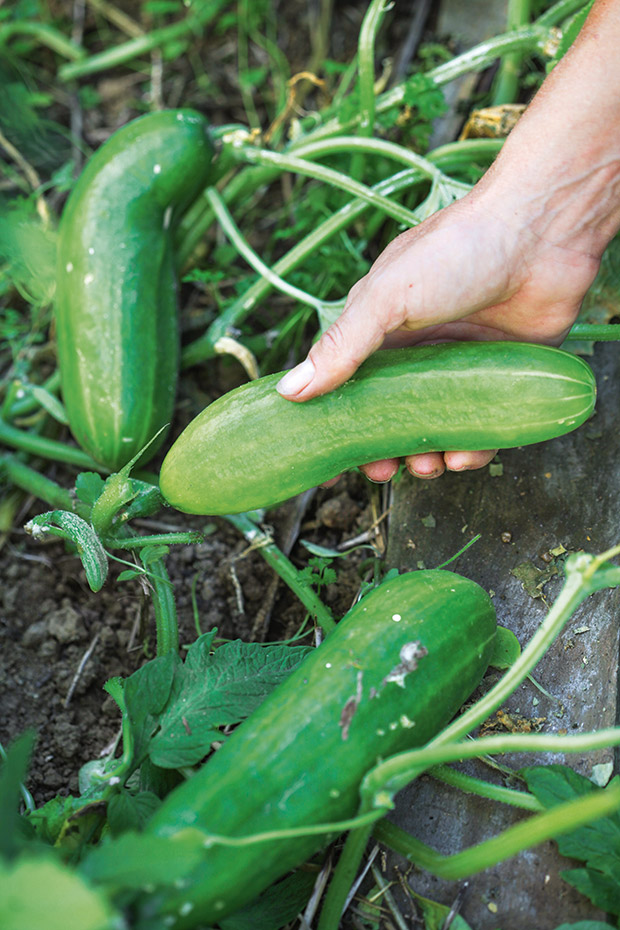
Train cucumbers upward on a trellis, a chain or drainpipe to make the most of the space. Yellow-skinned, port albert and green-skinned marketmore are prolific, tasty, heritage varieties.
10. CHILLIES
One chilli plant provides more than enough for one house.
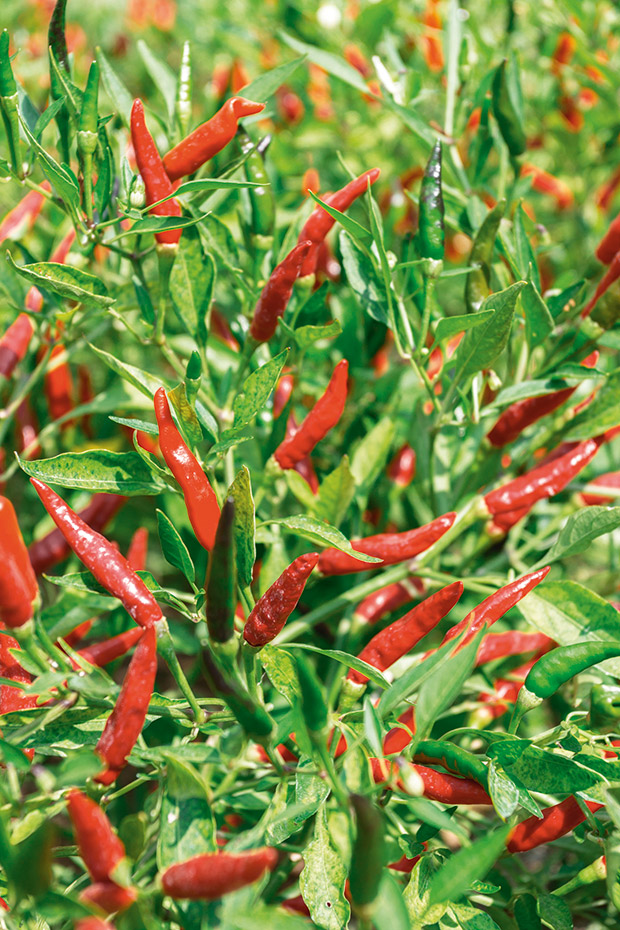
Chillies love heat so grow them in a pot, in a sunny spot and wait to plant until night temperatures are 13°C. Liquid-feed weekly with seaweed. The more they are picked, the more they’ll produce.
MORE HERE
A food farm in the heart of Remuera: Take a tour of zero-waste gardener Peter Ng’s garden oasis
Seed raising 101: Everything to know about raising plants from seeds
This is an extract from our special edition In Your Backyard: Living Lightly
In Your Backyard: Living Lightly is filled with practical advice on making small steps to a lighter footprint. Order online here.
